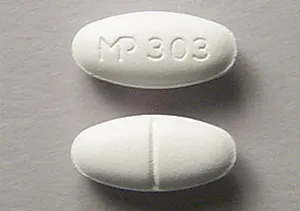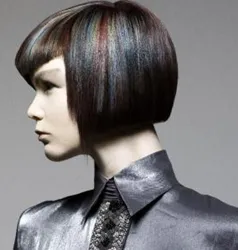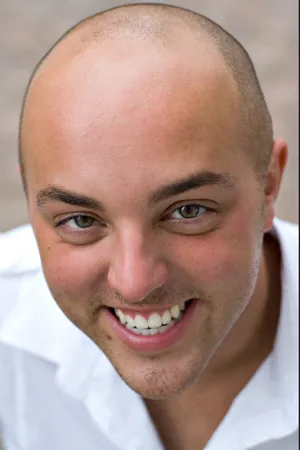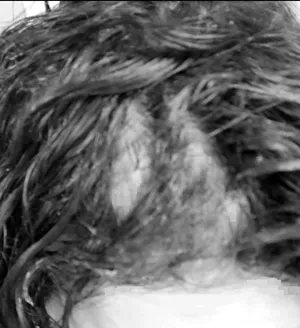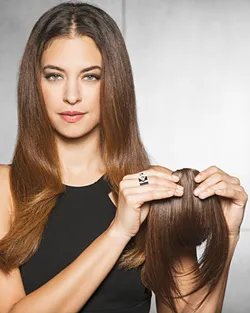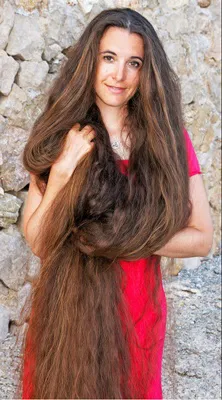
Does PRP Help With Female Hair Loss?
What Is Platelet-Rich Plasma (PRP)?
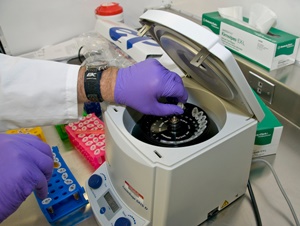
Although all women are unique, PRP has proven very helpful with some types of female hair loss.
It was designed to slow hair loss progress, increase hair mass and improve the quality and caliber of existing hair. It helps, in some cases, to reverse the hair miniaturization process.
This is especially true for chronic telogen effluvium, traction alopecia, some forms of chemically induced hair loss, and the early stages of androgen alopecia (AGA). It may also help with anagen hair loss from chemotherapy and radiation.
Platelet-rich plasma (PRP), also known as autologous conditioned plasma, concentrates on platelet-rich plasma protein-rich from whole blood.
A version of PRP is known as platelet-rich fibrin (PRF), but it is not the same as PRP in terms of its ultimate concentration. Future generations may ultimately utilize stem cells or cord blood.
For now, all PRP-destined blood is drawn from the patient suffering from hair loss. The hair restoration expert then spins the blood down in a centrifuge.
Then they draw up your platelet-rich plasma and inject it into the patient's scalp. There is a lot of good clinical research behind it.
Once the blood is removed from the patient's body, it is spun down in a centrifuge machine to remove red blood cells.
Though promoted to treat an array of medical problem, including some forms of hair loss, evidence of the benefit are still mixed.
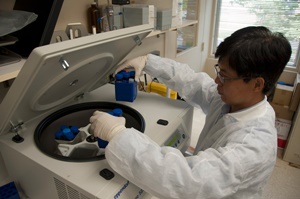
PRP Advantages
1. It's a less invasive treatment than hair transplant surgery.
2. Reconstructive surgery may be risky, but PRP is considered a safe and effective treatment modality.3. It's also less expensive than restoration surgery, depending on how long PRP is performed.
4. It can be combined with other hair loss treatments such as Jet Peels, microneedling, or laser light (LLL) treatments to increase efficiency.5. PRP can be combined with oral and topical hair loss treatments such as Minoxidil, Propecia, Spirotone, and Nizoral.
6. As part of a comprehensive female hair loss plan, PRP can offer interactive and enhancement value to all the other treatments being utilized at once for optimal results.PRP Disadvantages
PRP has some drawbacks in the treatment of some types of hair loss.
This includes, but is not limited to:
1. Once injected into the scalp, the platelets will open up and release growth factors encouraging hair to regrow thick, fuller, and longer. It will fill in thinning areas.
2. PRP is temporary. Treatments need to be repeated at regular intervals. Depending on the recommendation of your dermatologist or hair loss treatment specialist, you will need additional injections on a quarterly or bi-annual basis.
3. PRP may be painful for some recipients. Even though local numbing products are applied to the scalp before application, some people are more sensitive to pain from the injections than others.
4. Although less expensive than hair restoration surgery, PRP treatments may become costly over time since they need to be repeated indefinitely.
5. Insurance does not cover PRP since it is considered an elective cosmetic procedure.
6. No one-size-fits-all PRP formula exists for all female hair loss patients.
An expert dermatologist or hair restoration surgeon must calculate and formulate the ideal PRP concentrations to achieve optimal results.
7. PRP will not work on areas of the scalp which are completely bald such as the temples or crown.
8. In rare cases, PRP may cause Telogen Effluvium (TE) shedding. Like any treatment, it's a crap shoot. That said, some people get excellent results. Others may not.
PRP requires the existence of miniaturized hair follicles, which are used to produce healthy hair but are not producing thinner hair with a fragile shaft that can easily fall out.
If no miniaturized hair follicles exist, PRP will most likely not work.
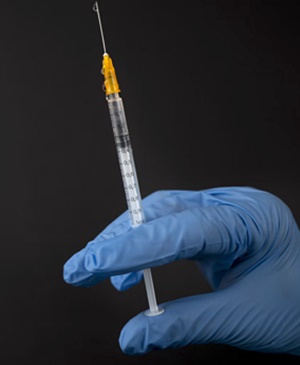 Note: There are rare exceptions for some forms of alopecia areata or types of scarring alopecia.
Note: There are rare exceptions for some forms of alopecia areata or types of scarring alopecia.
What Is Hair Follicle Miniaturization
Hair follicle miniaturization occurs when the hair follicle constricts, making it harder for hair to grow.
This means that the follicle, which once produced healthy hairs, starts making thinner hairs. Those hair have a fragile shaft that can easily fall out.
PRP Combined With Other Treatments For Women's Hair Loss
Depending upon the restoration expert and the progression and type of hair loss, PRP may be combined with other treatments. This may include but not be limited to steroids, microneedling, compounded topical minoxidil, and finasteride.
It may take 6-9 months for the full effect to become visible.
PRP may also be combined with hair loss medical management, including oral supplementation of minoxidil, Propecia, or related formulations.
A preliminary scalp peel may be performed before the PRP treatment to prepare the scalp for the PRP injections properly. It may also be combined with Low Laser Light (LLL) treatments, nutritional supplements, and customized at-home topical shampoo and conditioning treatments.
In conjunction with the PRP treatments, the supportive treatments are uniquely designed to address the specific issues of each women's hair loss case.
Warning - Make Sure You Are Getting Authentic And Not Fake PRP Treatments
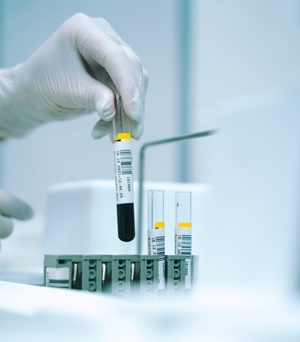
While PRP for hair loss can work very well, in most cases, patients are not even getting real PRP. Watch this video to find out the real story on PRP and where you can go to get the proper treatment.The American Hair Loss Association has warned hair loss consumers for years that not all PRP is created equal, and in fact, most of what is being promoted, both in the hair loss world and more recently in the mainstream dermatology and cosmetic surgery space, is completely worthless.
Founder of the AHLA, Spencer Kobren, speaks with International Alliance of Hair Restoration Surgeons(IAHRS) founding member Paul T. Rose, MD, about his latest research exposing the unfortunate reality that many being treated with PRP in the aesthetic space are simply throwing their hard-earned money and hope down the drain.
Before investing your hard earned money in PRP treatments make sure you have an authentic physician and they use authenthic PRP treatments.
Summary - What Is Platelet-Rich Plasma (PRP)?
Female-pattern hair loss (FPHL) typically presents as a diffuse thinning of hair across the entire scalp. It's also known as androgenic or androgenetic alopecia (AGA).
PRP treatments can be incredibly beneficial for certain types of female hair loss.
Women struggling with AGA have indicated high satisfaction with the treatments.
Treatment costs may vary by geographic location. Treatments can range in price from $300 per treatment to as high as $1,000.
PRP is not known to accelerate existing hair loss conditions, but it may not work for everyone or all types of alopecia.
For more details, work with your hair restoration professional such as a dermatologist, plastic surgeon, or similar.
References
Hetz S P, Martin J, Pototschnig H (September 05, 2022) Patient Satisfaction and Clinical Effects of Platelet-Rich Plasma on Pattern Hair Loss in Male and Female Patients. Cureus 14(9): e28801. doi:10.7759/cureus.28801Social Media Network Information
Please follow us on Twitter at: https://Twitter.com/HairBoutique. I look forward to meeting new people from all walks of Twitter and learning from their Tweets.


